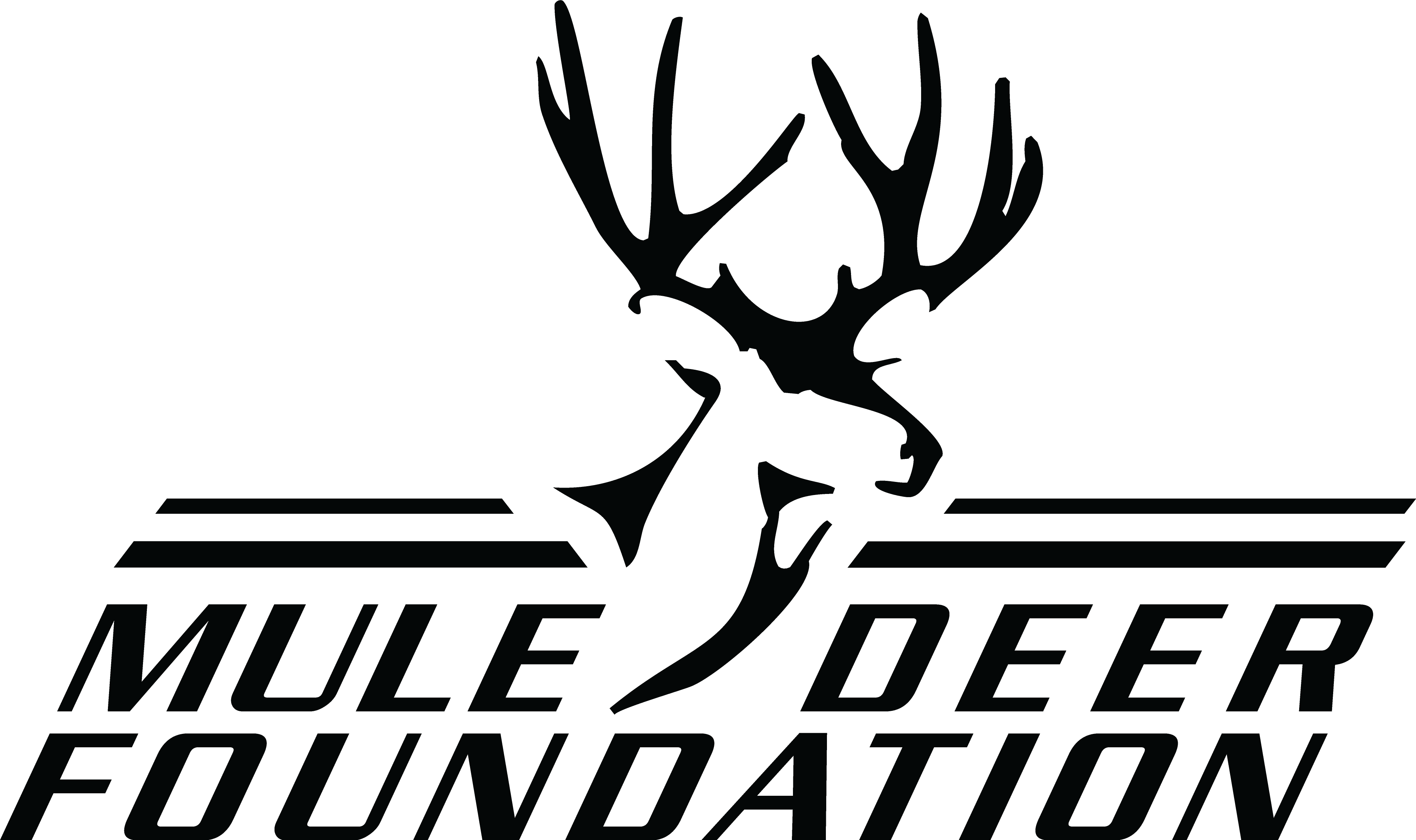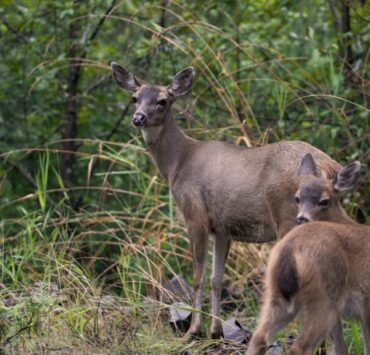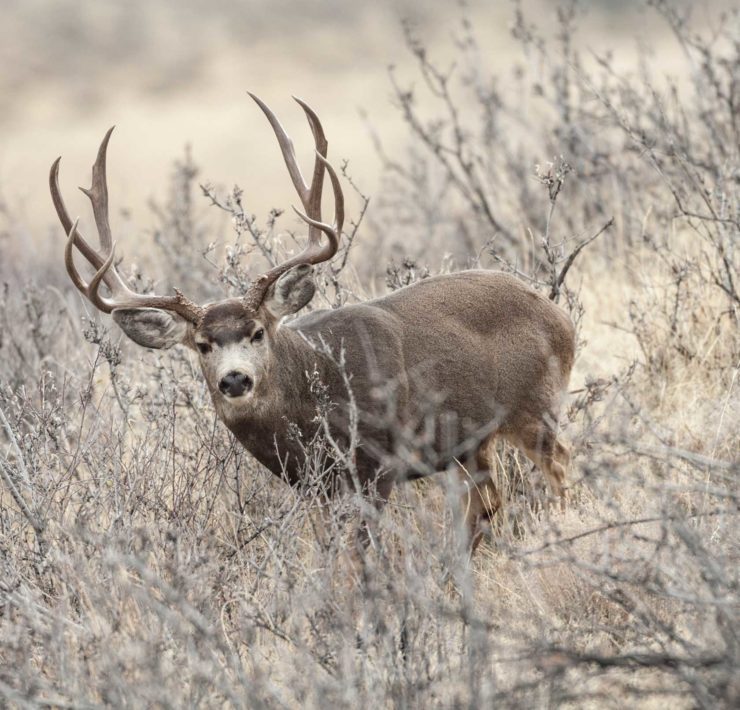Why Black Bears Could Be Your New Favorite Hunting Pastime

A Member Story
By: Tom Walton
A light, cold breeze bit at my cheeks as I took a few moments to catch my breath. I especially appreciated the view we’d just earned via an ascent up the mountain. As the evening set in, and I could feel the day changing guard with the oncoming night. The sky above the distant snow-covered peaks was blotted by a few clouds and lit up with an array of pink, orange, and red.
The snow patches that lingered in shady spots gently glowed with the same colors. Everything felt good like anything was possible. Most hunters recognize this as that beautiful “magic” hour. As my good friend Billy and I scanned our surroundings, we spotted a couple of mule deer feeding in the old clearcut below us. “Hey!” Billy exclaimed before I could even get a good look at the deer. “A bull elk is walking right towards us; look!” Sure enough, a handsome bull with stubby antlers coated in fresh spring velvet patrolled the old logging road in our direction. We concealed ourselves in the trees downwind. We watched excitedly as the large animal passed us at 10 yards. However, while hunting, we were not hunting deer or elk. This was a spring black bear hunt in North Idaho.
At this point in the evening, we were quite content. We’d encountered some fantastic wildlife and enjoyed some camaraderie. “The only thing that could improve it would be seeing a big ol’ boar,” I said after the elk had disappeared into the spruce forest.
Billy and I stepped back onto the road in high spirits. As we slowly still hunted our way along, I suddenly felt something prickly on the back of my neck. When I turned around to see Billy was turning back towards me wide-eyed. “Tom. Big boar! Big Boar!” Billy uttered as quietly as he could.
“I see him!” I replied. A big dark fur ball was moving through the brush below. The bear had seen something, but he wasn’t completely spooked. He was lumbering along down the hill towards the far tree line. I looked around and found a perfect bipod-height-rock. I laid flat on my belly and grabbed a quick range; 202 yards.
Looking through my scope, I had a steep quartering away and down shot. Confident in my bullet selection, a 200-grain Federal Terminal Ascent, I aimed for the bread basket. I held where I wanted my bullet to go and squeezed. My .300 Winchester magnum roared and spit flame into the dimming evening. The bear collapsed, rolled slowly to his back, and tumbled about 40 yards to his final resting place. This evening and this bear summarize why I love spring bear hunting; adventure, wildlife, friends, and freezers full of bear meat!
What makes bears awesome, you ask? They are incredible, beautiful, and powerful predators. They have an incredible sense of smell. They move in such a strange way that it is hard to describe. It is awkward and graceful at the same time, and they are faster than they look. Bears are apex predators, commanding fear and respect. Hunting bears with a bow will definitely lead to appreciation of this fact. They tend to be elusive, and many people don’t get to see wild bears doing bear things. Bears have personality. They are not like humans, but as far as critters are concerned, they have character. Whether a pair of cubs wrestling and bouncing in a tall meadow or a big bear lounging on his back in the sun, watching bears can be an entertaining afternoon.
As I write this article, six states have spring black bear seasons, and 34 have fall hunts. I primarily hunt bears in Idaho and in the spring. In Idaho and much of the west, bears can be found anywhere from high alpine mountain slopes to low river bottoms and dense woods to high deserts. Bears can be hunted using a variety of tactics. Depending on the state, always check your local regulations; you can hunt bears over bait, with hounds, or spot and stalk. I have done all three, and all three tactics have advantages and difficulties. Each tactic can be a great adventure and challenge as well. I prefer spot and stalk because it’s generally cheaper and takes less equipment, meaning no bait barrels, bait, dogs, collars, vehicles, treestands, etc.
Whichever method you use to hunt bears, you need to be able to find them. You typically hunt in thick timber, high alpine, or river breaks in the Pacific Northwest. This leads to two hunting tactics, still hunting and spot and stalk. Both are effective, and both require you to follow the food. In the spring, you want to find fresh green grass and new flowers such as balsamroot or avalanche lilies. Both tactics generally require you to cover miles via your feet, glass, or both. In timber country, focus on south-facing precise cuts and exposed logging roads where fresh neon-green grass and flowers are abundant. Still hunt old roads and glass clear cuts, keeping the wind in your favor. In the open country, you look for the same things but cover more ground with your glass than your feet.
Patterning bears is easy once they are on a good food source. However, when the bear rut kicks in, late May into June, boars start to roam and are not as concerned about a consistent meal. My favorite for early hunt in April is boars, which tend to be out before females and cubs. So, when you find that bear hanging around a food source, he is likely a boar and will likely be patterned to that food. Last positive note on locating bears, the time of day doesn’t necessarily matter unless it’s hot. Bears are going to get up and eat during the day. So, hunt hard, but pace yourself and enjoy the experience.
I generally carry my typical big game kit and normal backcountry gear for spring bear hunts. A critical addition would be cleats for my boots. Springtime conditions in the mountains can be unpredictable. You’ll likely encounter ice and snow. Simple cleats, like Yak Tracks or any rubber “bikini” style cleat, can literally save your life. They can be helpful in more than just snowy spots, too. For example, they can attach your feet to a wet, mossy log while crossing a raging creek full of frigid snow melt.
Another consideration is glass. Without getting overly technical, this may be a hunt where you pack a little extra in spotting scope capabilities, as bears can be difficult to judge. With expanding grizzly populations in much of the West, it is critical to identify a black bear versus a grizzly bear. The two biggest no-no’s for bear hunters are shooting a sow with cubs or a grizzly bear. In fact, some states, such as Idaho and Montana, require bear hunters to take a field identification class to prevent unintentional grizzly kills.
Field Judging Bears
Look at the head and ears. The bear is likely young if the “triangle” formed by the bear’s ears and nose is long and narrow. The bear is likely more mature if the “triangle” is shorter and the ears farther apart. Ear size alone is not always a great tell for age. Also, look for big blocky heads and a bear with fat straight legs, i.e., “cankles.” Finally, look for a big butt and saggy belly that causes the bear to have a proud swagger. Have real expectations, too, as bears often have more “ground shrinkage” than other critters.
Here are a few reasons to consider a bear hunt. They are affordable, even for non-residents. An Idaho bear tag will cost a non-resident South $231.75 plus a $185 license. As one of North America’s most rapidly expanding species, bears are abundant in most of their range. You can hunt bears when other big game seasons are closed. You can often scout for your fall hunts when bear hunting. You will often find sheds during your spring hunts.
Last but not least bears are good eats, and recipes are readily found via a quick Google search. I personally love anything bear in the Crockpot, and my wife ranks bear meat right on par with elk. We both agree it is similar in flavor to beef. Do remember to cook it thoroughly due to parasites, hence the Crockpot.
Bear hunting is a great, affordable, and widely available option for anyone seeking a western big game hunting experience in spring or fall. With a little research and effort, most big game hunters can easily learn to pursue bears. So, if you are reading this at the tail end of a long winter and you are bored waiting for fall, grab your rifle, gear, and a buddy and head into the mountains. Regardless of your pursuit, adventure surely awaits!

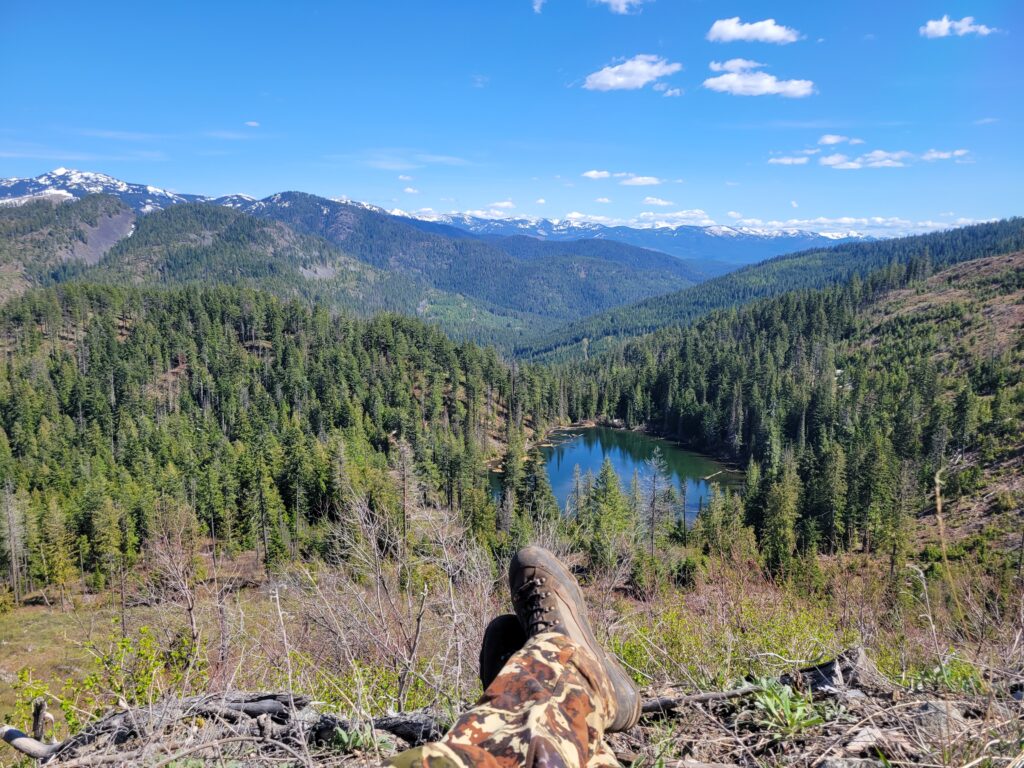
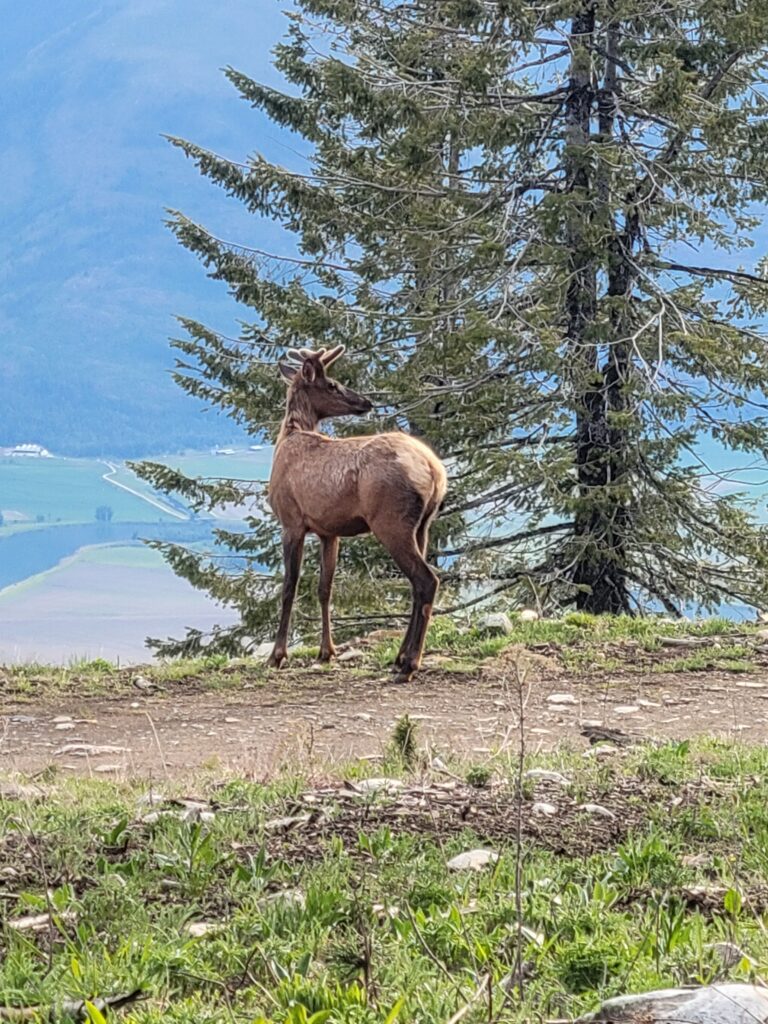
Good Luck!
Good luck this Spring and remember to send any success pictures or stories from the field to [email protected]. You could be featured on our website or in our magazine. If this article or any of our articles have helped you become a better hunter or conservation steward, become a member of the Mule Deer Foundation or Blacktail Deer Foundation for only $35 dollars a year. Click here to join: https://muledeer.org/product-category/membership/
Tom Walton
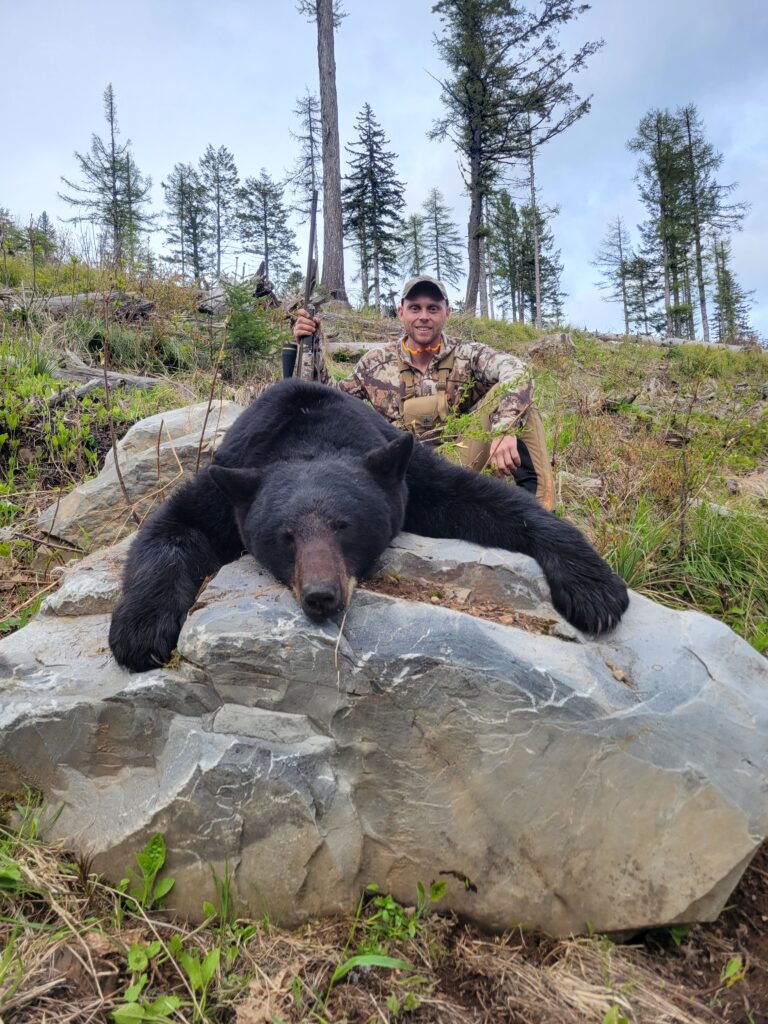
https://www.instagram.com/pursuing_freedom_outdoors/#
Tom Walton is an avid outdoorsman in the backcountry of Idaho. When not chasing critters or bad guys he enjoys taking children and veterans afield to share his passion for the outdoors.


